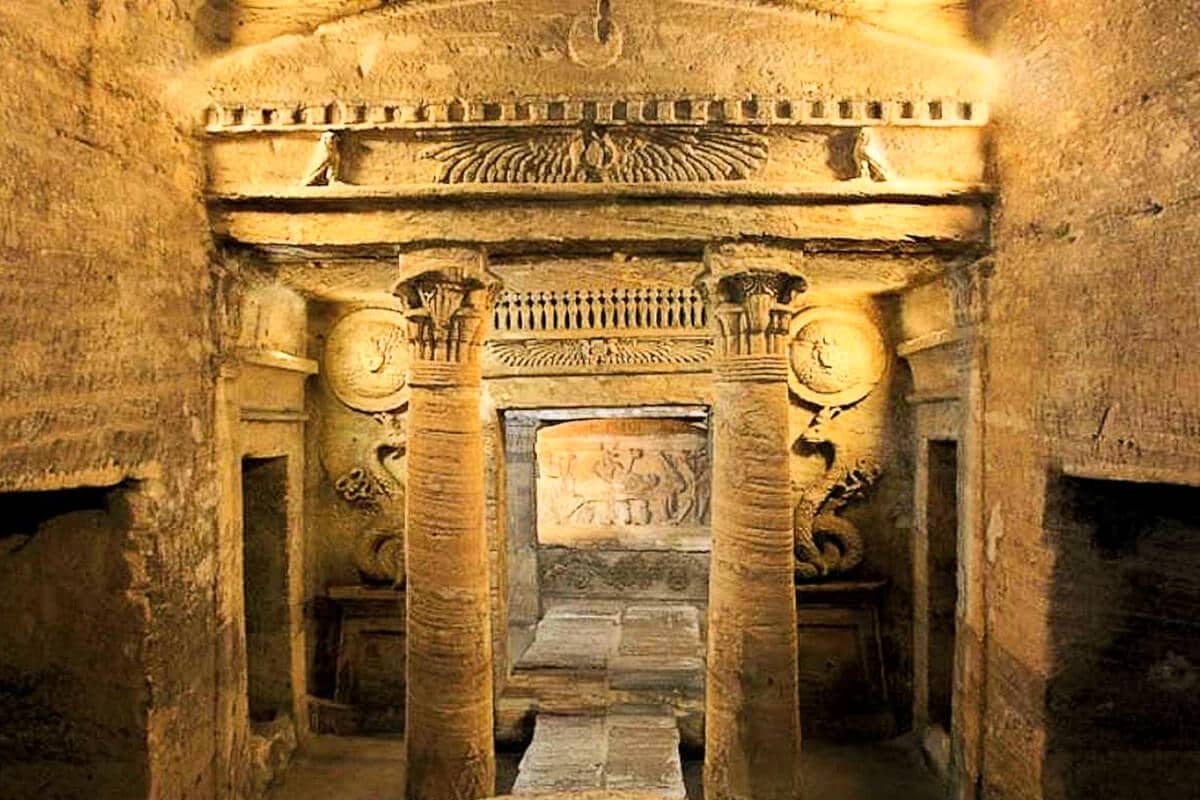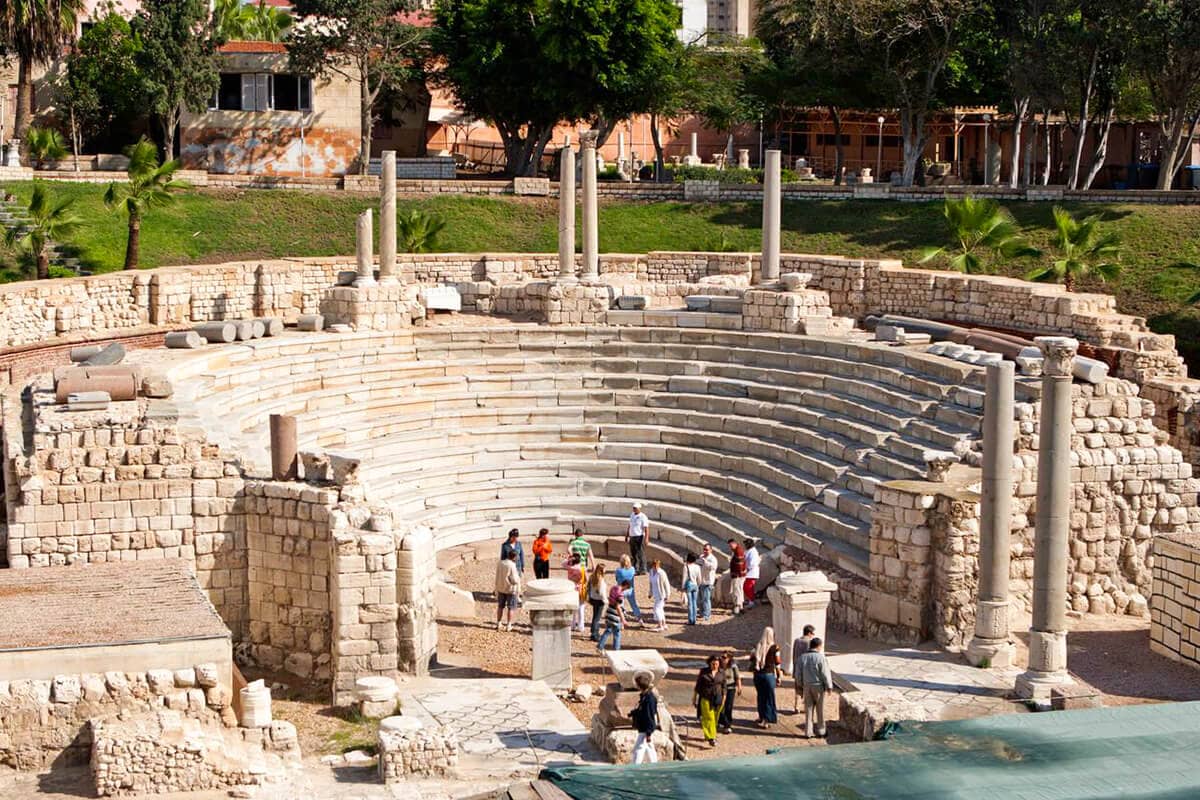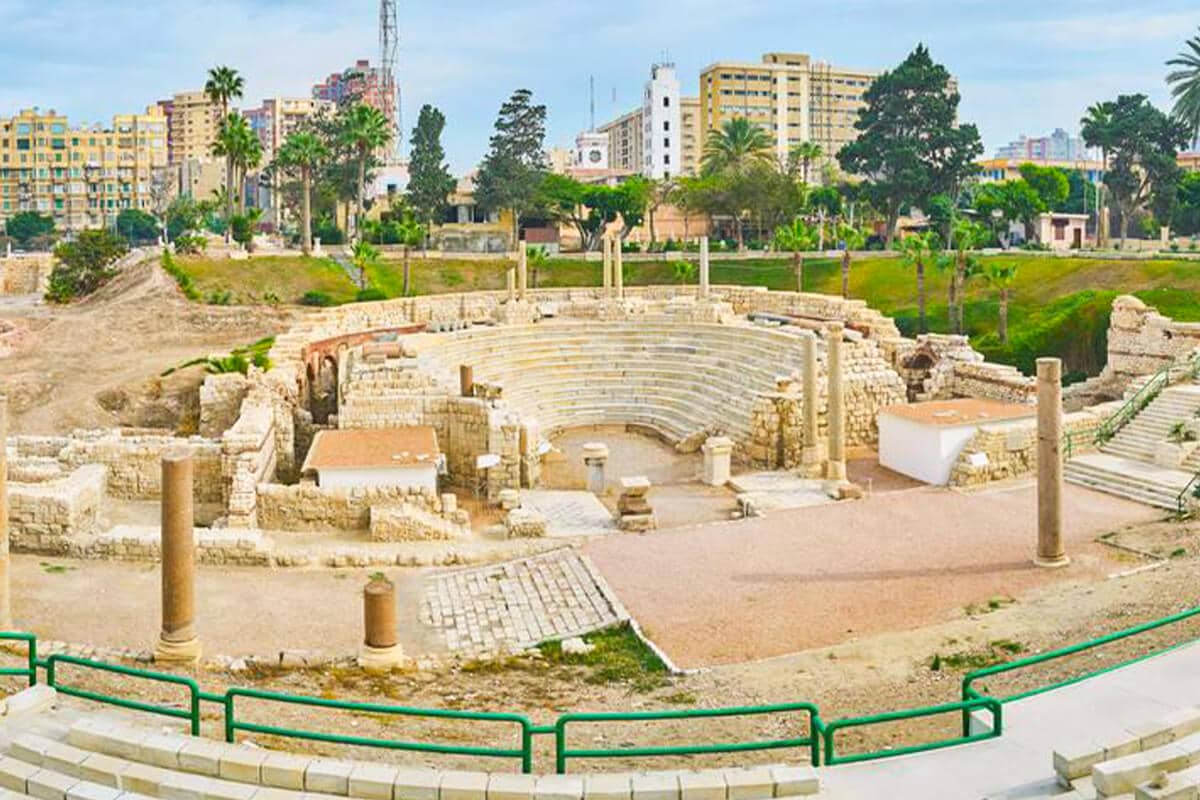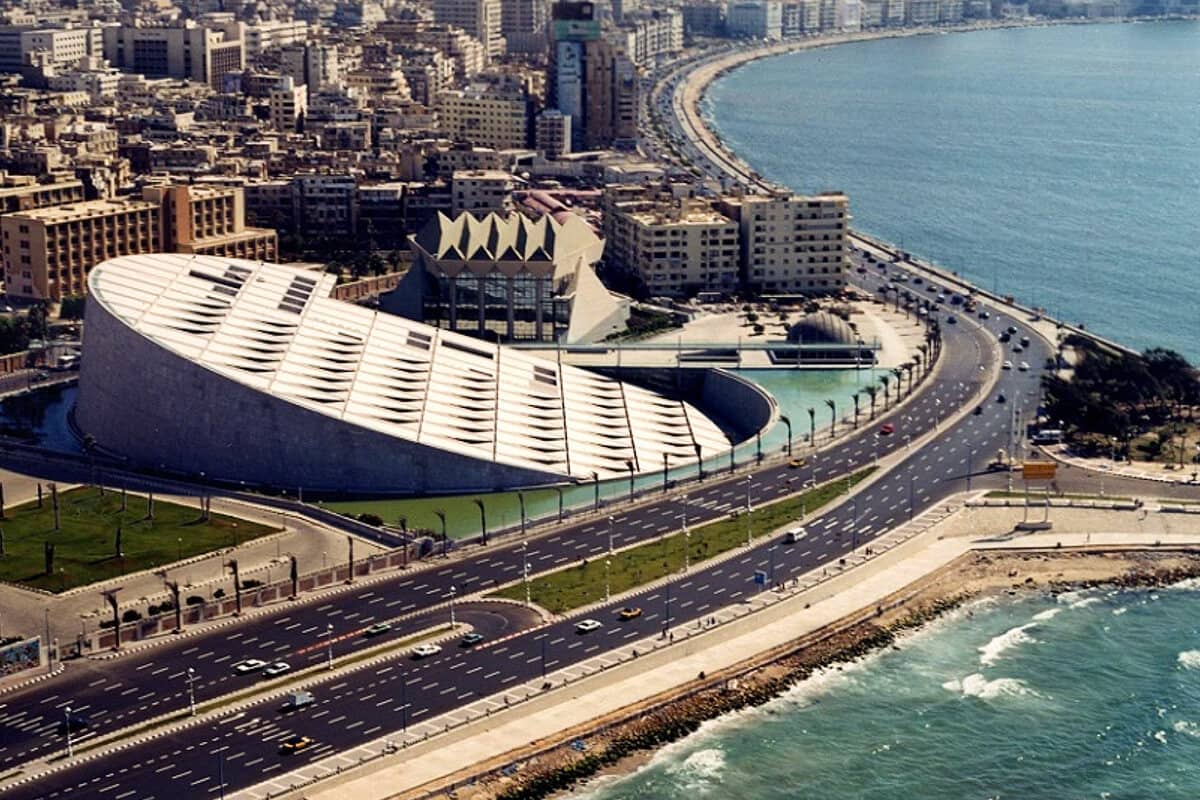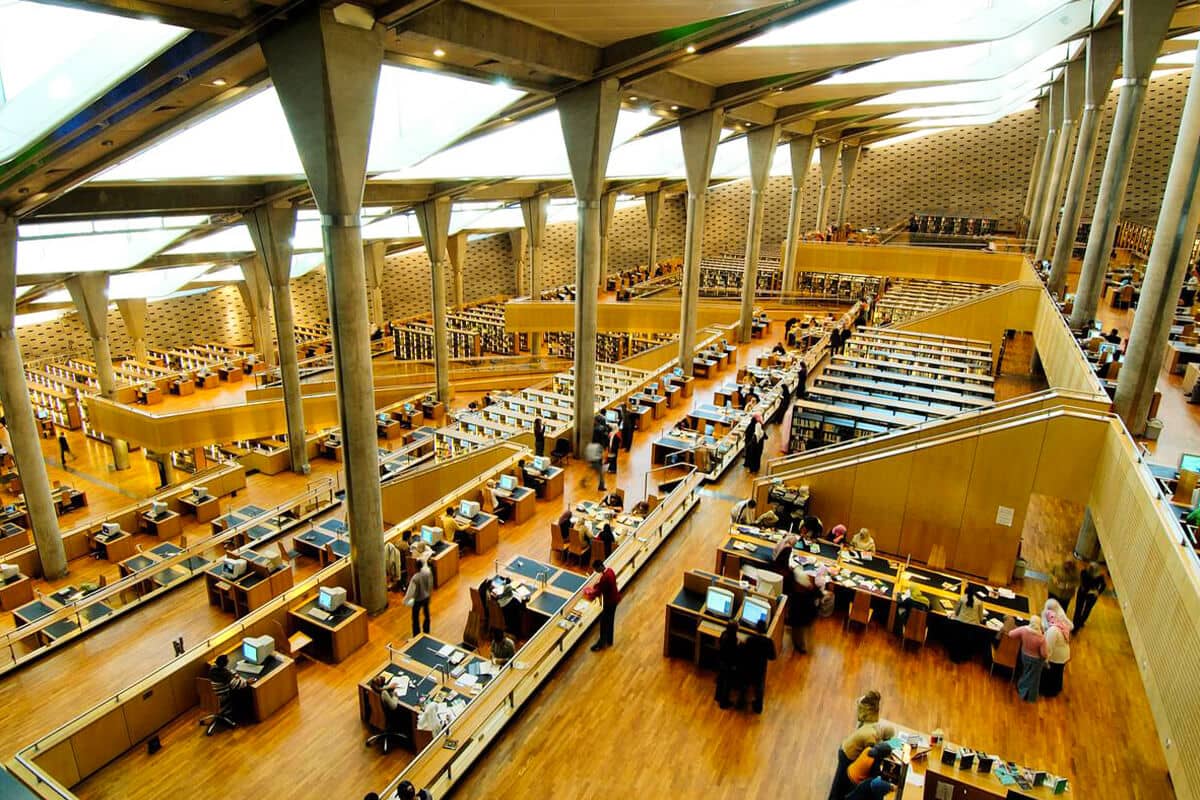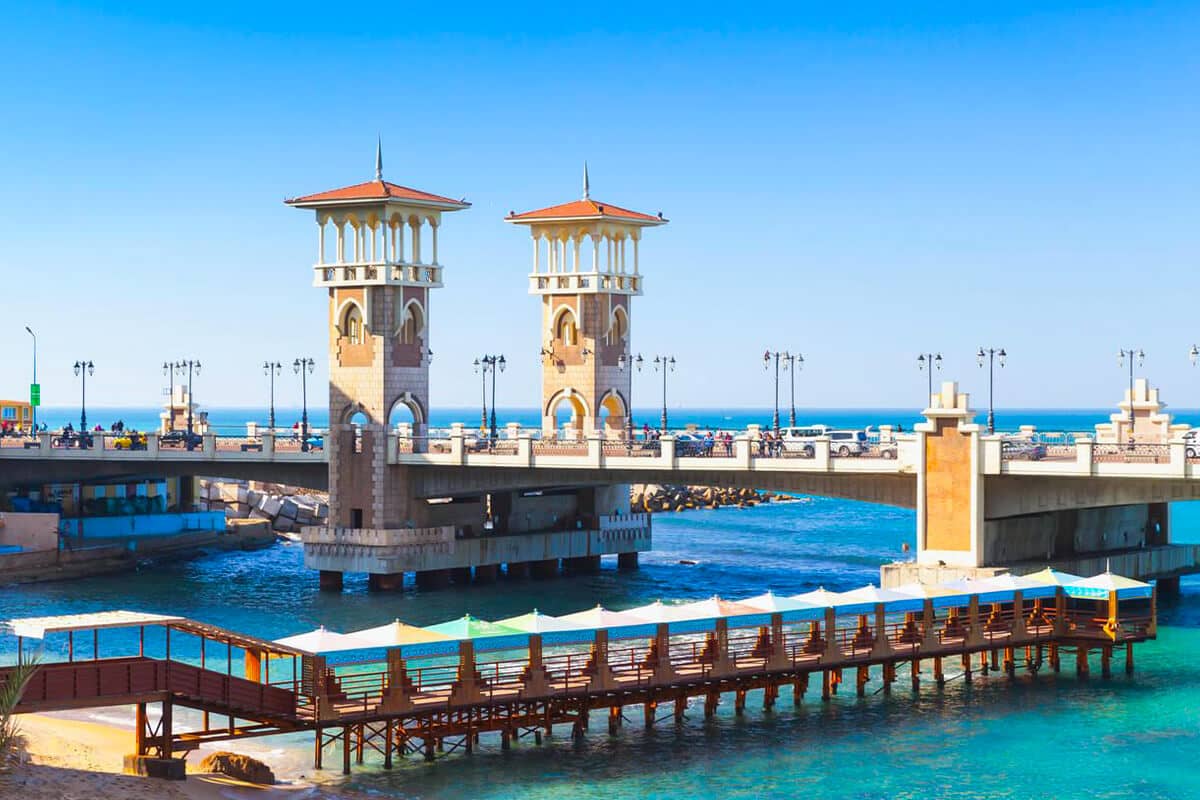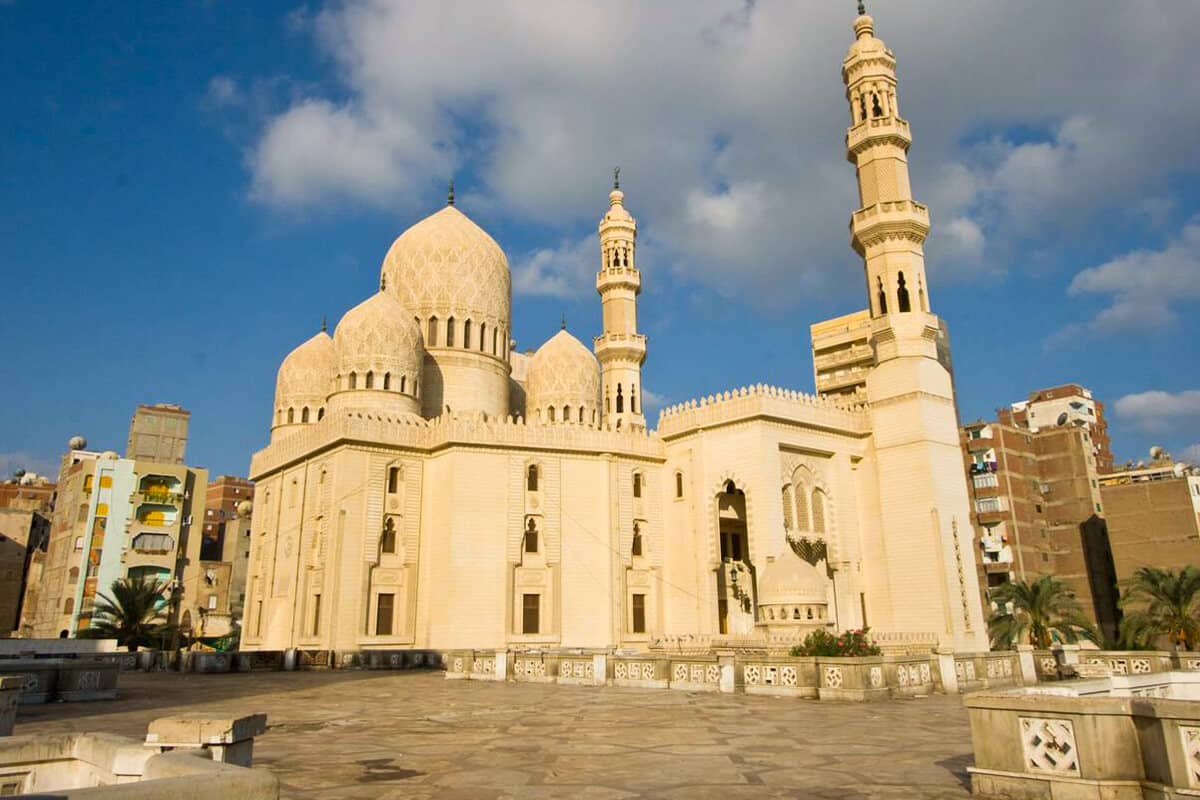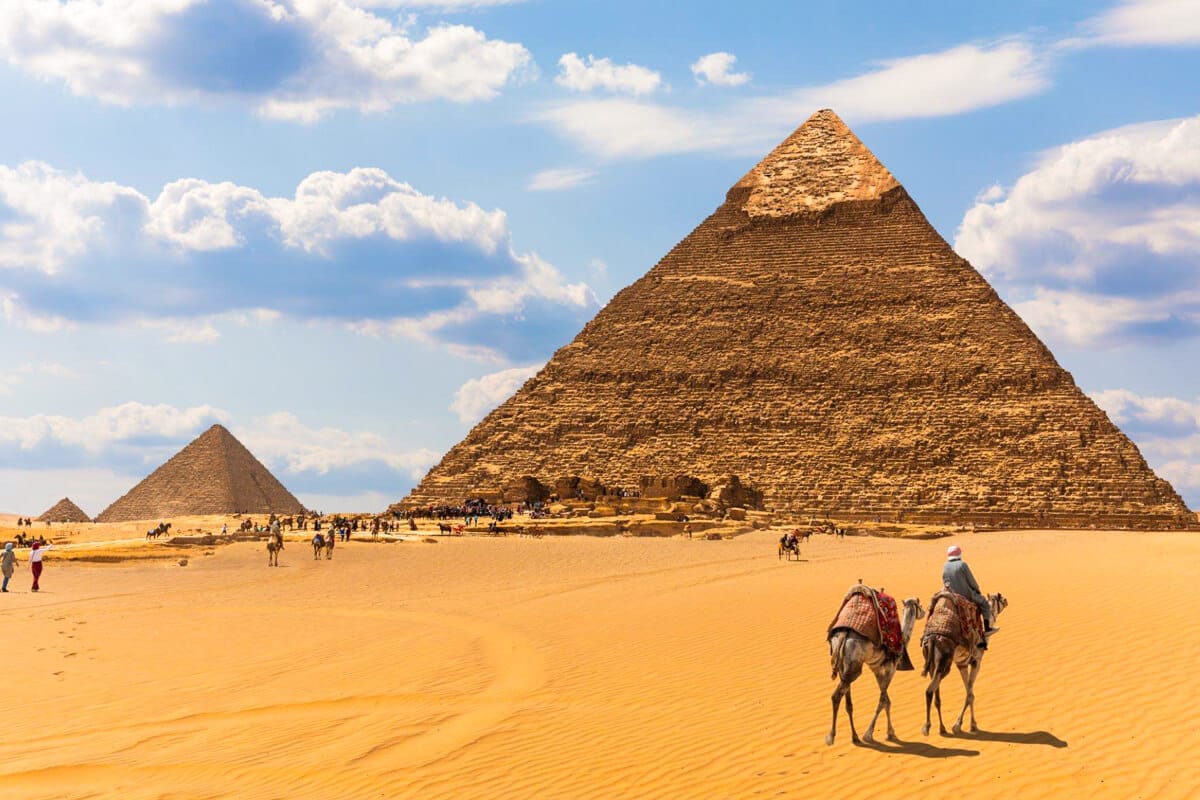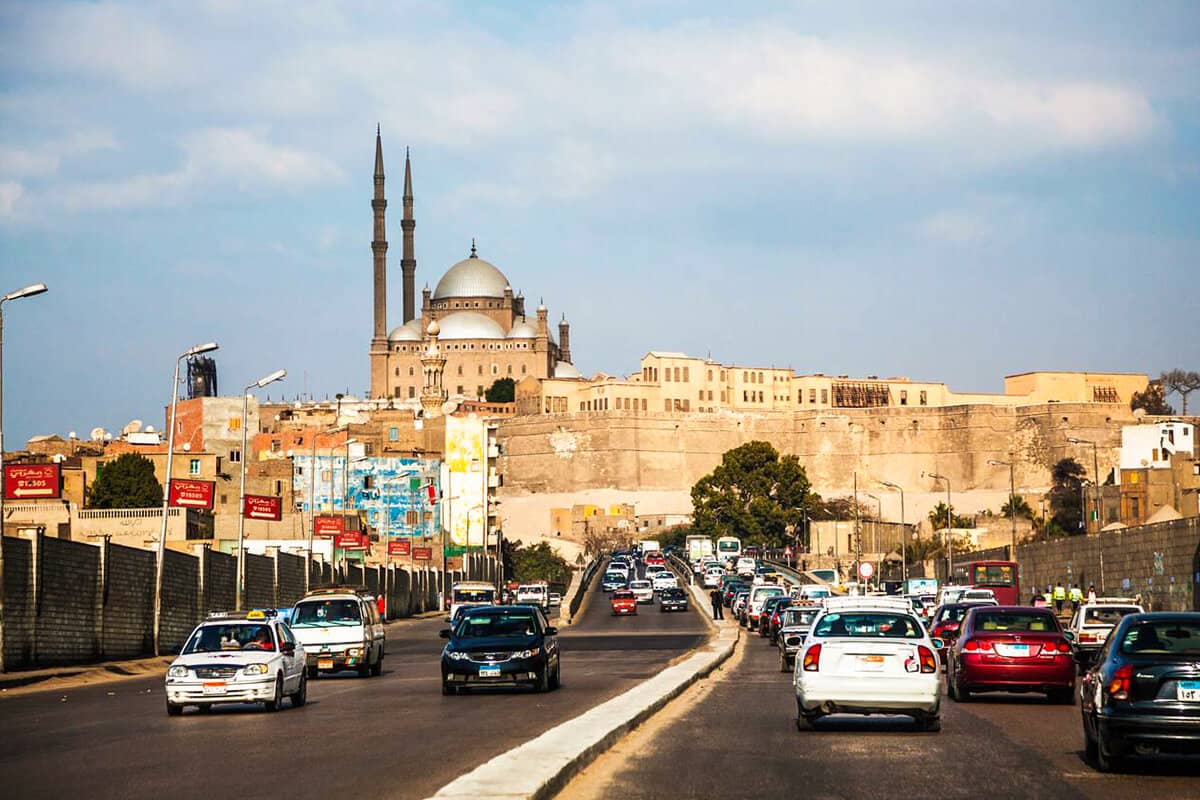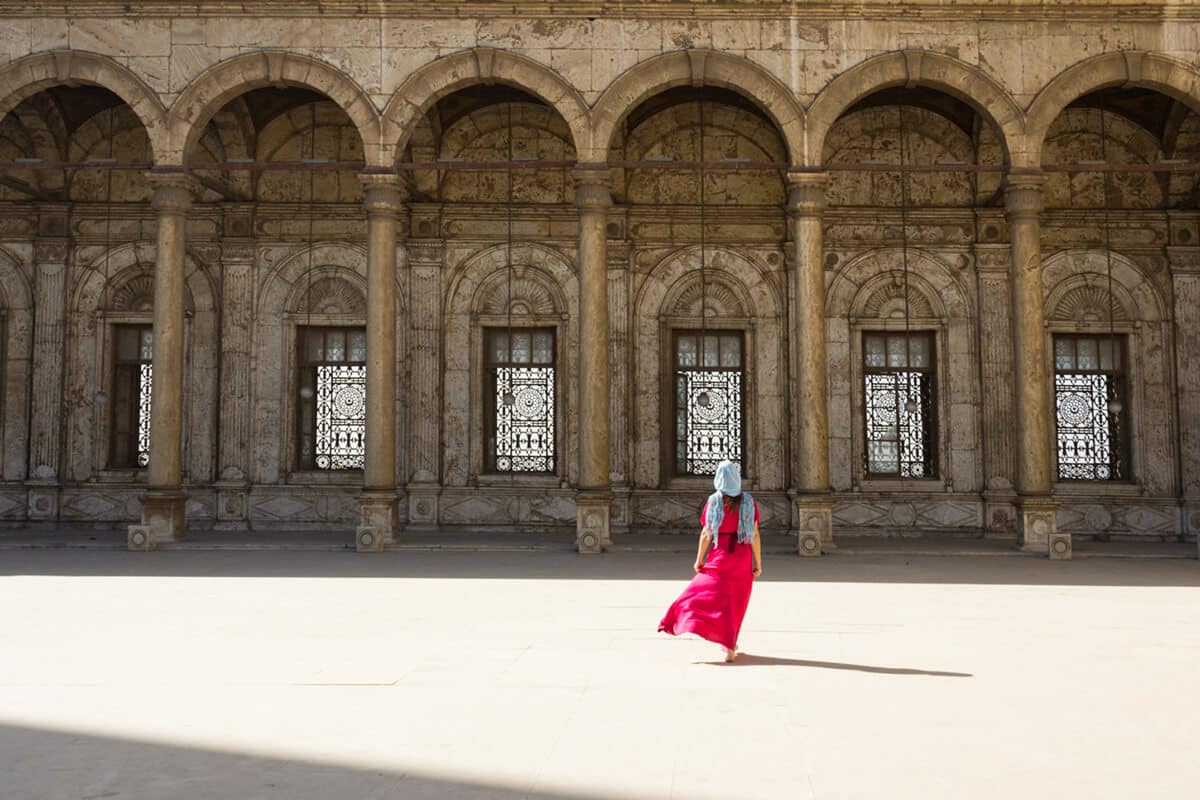The significance of the Catacombs of Kom El Shoqafa cannot be overstated, making them a must-visit destination for Egypt travelers. This extraordinary necropolis reflects the multicultural tapestry of Alexandria during the Roman era, showcasing the blending of diverse cultural traditions.
The allure of the catacombs lies not only in their historical significance but also in the mysterious atmosphere they exude. Visitors are transported back in time to the depths of these underground chambers, immersing themselves in the remnants of a bygone era.
Egypt travelers are captivated by the unique fusion of architectural styles within the catacombs. From the grandeur of Roman columns to the intricately carved Egyptian motifs, each chamber tells a story of cultural exchange and artistic brilliance. The catacombs’ artwork and sculptures further add to their appeal, showcasing a harmonious blend of Greco-Roman and Egyptian influences.
History and Background of the Catacombs
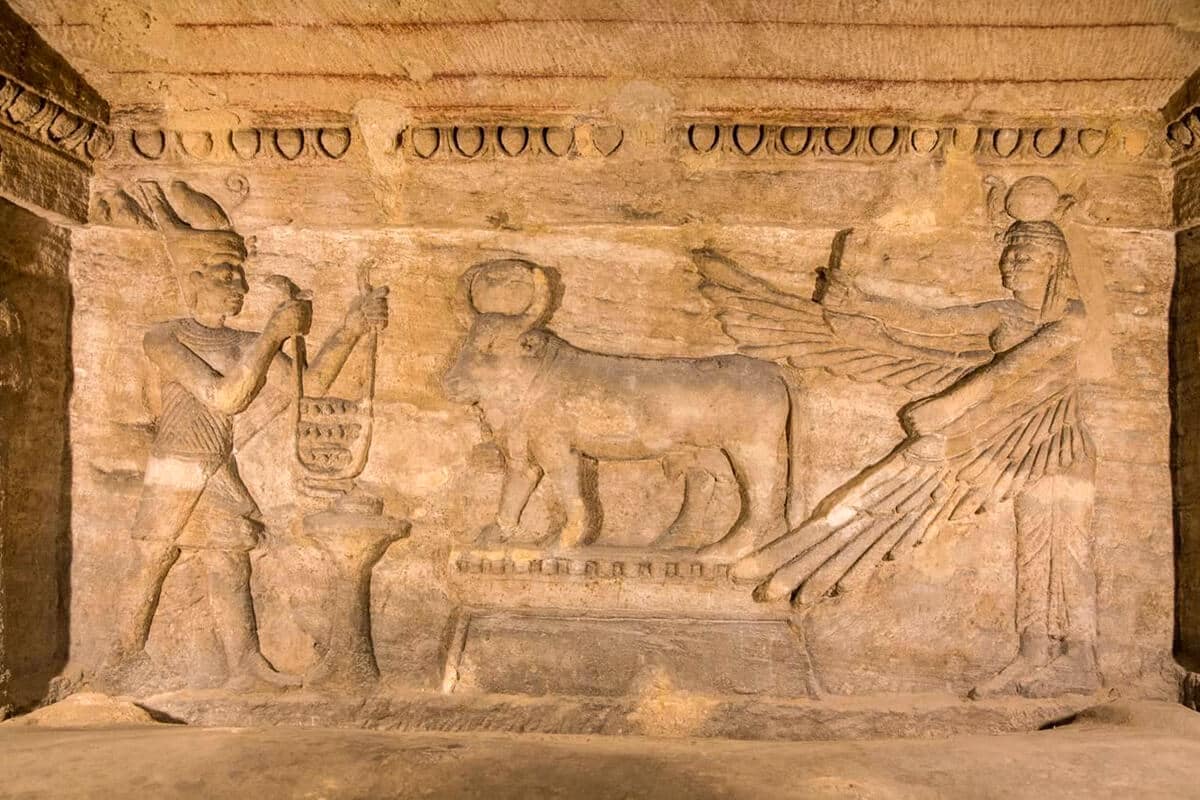
I. Construction during the Roman Period
A. Origins of the Catacombs
– The Catacombs of Kom El Shoqafa were built during the Roman period, specifically in the 2nd century AD, when Alexandria flourished as a cosmopolitan city.
– The catacombs were intended as a burial site for a wealthy family, possibly the elite of Alexandria society.
B. Cultural Context
– During this period, Alexandria served as a melting pot of different cultures, including Greek, Roman, and Egyptian influences.
– The catacombs reflect this multicultural environment, as seen in their architecture, artwork, and religious practices.
II. Multicultural Influences in Architecture and Artwork
A. Greco-Roman Architectural Elements
– The catacombs exhibit a unique blend of Greco-Roman architectural styles.
– The entrance of the catacombs showcases a Roman-style rotunda with Corinthian columns, reminiscent of the grandeur and elegance of Roman architecture.
– The fusion of Greek and Roman architectural elements is also evident in the interior chambers.
B. Egyptian Influences
– Despite the dominant Greco-Roman influence, the catacombs incorporate distinct Egyptian elements.
– One notable example is the presence of Egyptian motifs, such as the depiction of the god Anubis, guardian of the dead, on the walls.
– The use of hieroglyphics and Egyptian symbols further emphasizes the connection to ancient Egyptian burial traditions.
C. Artistic Fusion
– The catacombs’ artwork reflects a harmonious fusion of Greco-Roman and Egyptian styles.
– Sculptures found within the catacombs showcase Greek and Roman techniques while incorporating Egyptian themes.
– The blend of artistic influences is particularly evident in the depictions of Egyptian gods and goddesses in classical Roman attire.
D. Religious Syncretism
– The catacombs also serve as a testament to the religious syncretism during the Roman period.
– The burial chambers feature Egyptian and Roman deities, highlighting the amalgamation of religious beliefs and practices.
– This syncretism aimed to accommodate the diverse religious backgrounds of the inhabitants of Alexandria.
III. Historical Significance
A. Cultural Exchange
– The Catacombs of Kom El Shoqafa represent a fascinating chapter in the history of Alexandria, showcasing the city’s cultural exchange and cosmopolitan nature.
– They symbolize the blending of different civilizations and the integration of diverse artistic and architectural styles.
B. Preservation of Heritage
– Preserving the catacombs is vital in safeguarding the rich cultural heritage of Alexandria.
– Visitors contribute to preserving and promoting this historical treasure by exploring and appreciating these underground chambers.
C. Archaeological Insights
– Archaeological discoveries within the catacombs have provided valuable insights into ancient burial practices and funerary customs of the Roman era in Alexandria.
– These findings offer researchers and historians a deeper understanding of the city’s social, cultural, and religious dynamics.
The Structure and Layout of the Catacombs
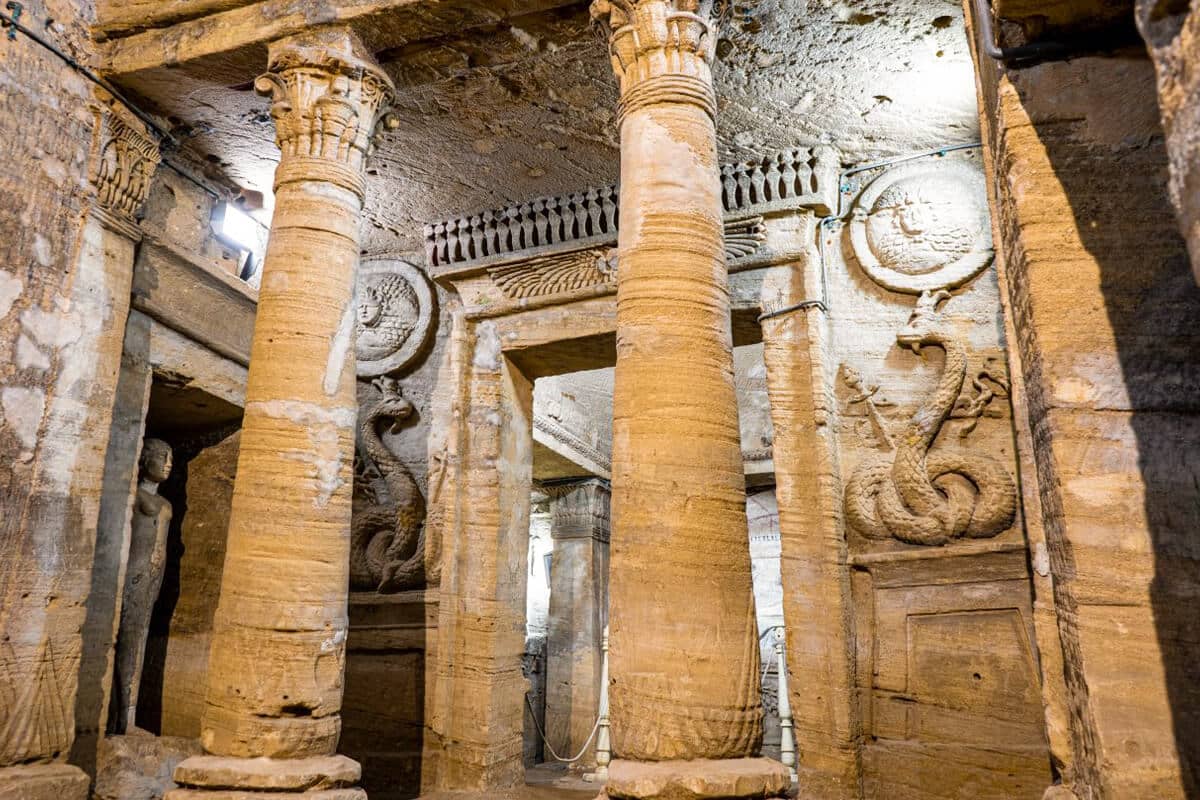
I. Overview of the Layout
- The Catacombs of Kom El Shoqafa are organized into three primary levels, each serving a distinct purpose and containing unique features.
- The catacombs are accessed through a grand entrance leading to a spiral staircase that descends into the underground chambers.
II. Level 1: Triclinium
- The Triclinium is the first level visitors encounter upon descending into the catacombs.
- It served as a gathering place for mourners and a space for funeral rituals.
- The Triclinium features stone benches arranged in a horseshoe shape, where mourners would recline during funeral banquets.
- The walls of the Triclinium are adorned with elaborate carvings and reliefs depicting scenes from mythology and daily life.
III. Level 2: Hall of Caracalla
- The Hall of Caracalla is the second level of the catacombs, named after the Roman Emperor Caracalla.
- This level consists of a central chamber surrounded by several smaller chambers.
- The central chamber showcases unique architectural elements, including ornate columns and a domed ceiling.
- The Hall of Caracalla is adorned with exquisite sculptures and reliefs depicting mythological figures, deities, and scenes from Roman history.
- This level likely served as a burial site for prominent individuals or wealthy family members who commissioned the catacombs.
IV. Level 3: Hall of Marcus Aurelius
- The Hall of Marcus Aurelius is the deepest level of the catacombs, accessible via a staircase from the Hall of Caracalla.
- This level holds the primary burial chambers, loculi, where the deceased were interred.
- The Hall of Marcus Aurelius features intricately carved stone sarcophagi, some adorned with detailed reliefs depicting funerary rituals and scenes from mythology.
- The hall also contains niches where small clay or marble urns were placed, holding the cremated remains of individuals.
- This level’s architectural design and artwork highlight the syncretism of Greco-Roman and Egyptian funerary traditions.
V. Purpose of Each Level
- The Triclinium: A space for mourning and funeral banquets, providing a gathering place for mourners to pay their respects and commemorate the deceased.
- The Hall of Caracalla: Likely used for more elaborate funeral ceremonies and possibly housing the remains of prominent individuals.
- The Hall of Marcus Aurelius: Primarily dedicated to burial, with loculi and sarcophagi serving as final resting places for the deceased.
The Catacombs of Kom El Shoqafa hold immense cultural and historical significance. They serve as a testament to the blending of different civilizations and the exchange of artistic and architectural styles. Egypt travelers can delve into the depths of history and witness the harmonious fusion of Greco-Roman and Egyptian influences within these underground chambers.
Suppose you have visited the Catacombs of Kom El Shoqafa or have questions about this remarkable attraction. In that case, we invite you to share your experiences and converse in the comments section below. We would love to hear your thoughts and insights.
If you want to cruise through Nile River check out Egypt Nile River cruises
Don’t miss to check out our All-inclusive egypt vacation packages you can spend one day in egypt, check out in Egypt day tours

